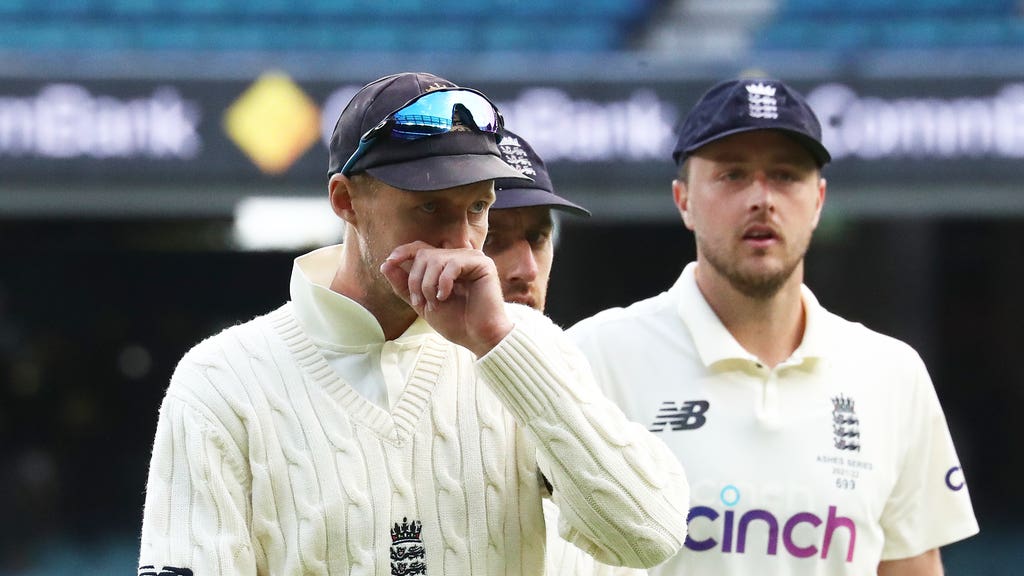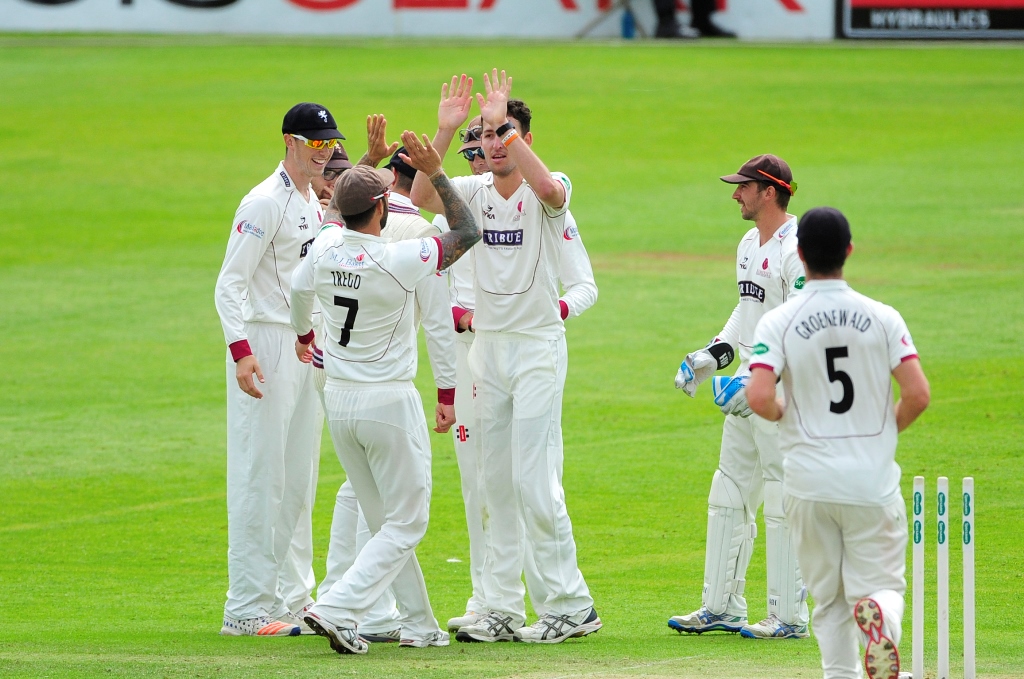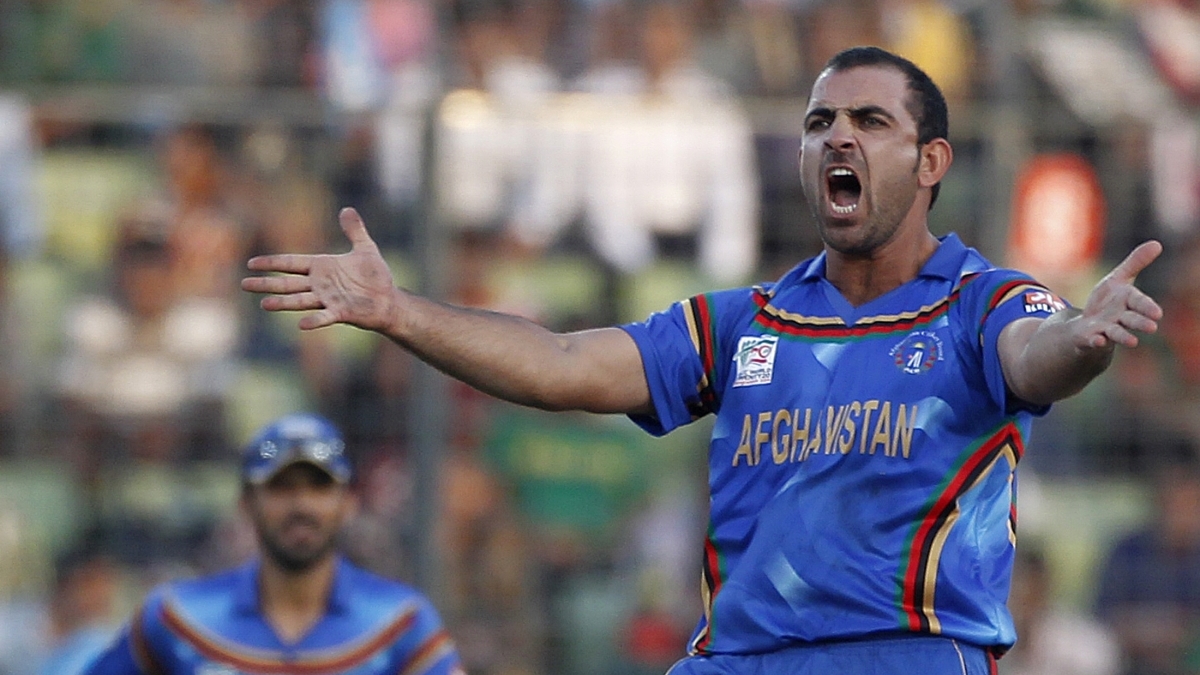It was the biggest occasion of its kind, an attempt to get all living England cricketers male, female and disabled to a dinner at Lord’s to celebrate just being part of a special club.
Not every international player still alive attended but the turn-out last Tuesday evening in the Nursery Pavilion, of over 220, was impressive. Speeches were kept to a minimum and the general buzz in the room suggested the event, the brainchild of Andrew Strauss, ECB’s director of England cricket, was a great success.
One criticism, perhaps inevitable given the body of history accrued by the men’s game as compared to that of women’s cricket or disability cricket, was that most of the stories and features during the evening, though not exclusively, celebrated the former.
Although that will be redressed, naturally, some felt inclusivity must be absolute and not something won over time.
It wasn’t just that which irked, either. The dress code on the invitation was jacket or England blazer, and tie, something most of the women players ignored with understandable disdain. But then only half the men in attendance could still squeeze into the England blazers they were awarded on debut, the other half favouring the roomier comfort of a favourite suit.
Sartorial differences were equalised during the evening when every player was presented with a special tasseled cap bearing their name and the number England player they were in Test, ODI and T20 cricket.
Having never played T20, my numbers were 495 and 66 though the cap size was indeterminate.
Catching up with team-mates one has not seen for a quarter of a century, or longer in some cases, was a curious experience. Although the common thread of representing England is a powerful one, many have moved on and away from the game making some encounters awkward.
Generally, old rivalries and slights were forgotten, the generous amounts of social lubricant on offer ensuring good-natured bonhomie.
The day after the dinner I showed the list of attendees to a friend, a cricket fan of some 45 years. What pricked his interest were not the big names who attended like Ian Botham, Graham Gooch, David Gower and Mike Brearley, but those he’d completely forgotten had played for England beginning with two former players on my table, Geoff Humpage and Jim Love.
The pair each played three one-day internationals, both of them making their debuts in the same match and series against Australia in 1981. That was to become Botham’s summer, eventually, though England lost that one-day series 2-1 so the bacchanal had not yet begun.
Love, a hard-hitting Yorkshireman, made 43 in one innings batting at five, but that was the pinnacle for both of them though Humpage, who kept wicket and batted eight, did take two catches.
It was not the vogue then to bat deep but having Humpage at eight, with Botham at seven, did seem a waste suggesting an unbalanced side.
Neither Love nor Humpage ever played for England again after that series, which given Humpage’s unfettered ball-striking for Warwickshire was unlucky on him.
So many people think quick-scoring arrived with T20 but Humpage liked to see the ball disappear as frequently as possible, particularly over mid-wicket.
In a 40-over Sunday League match against Essex in 1982, at Colchester’s Castle Park, his quickfire 74 off 58 balls contributed to a famous victory forWarwickshire after they chased down 299 with three balls to spare.
Between the innings, Humpage struck a bet with an Essex supporter for a bottle of brandy that Warwickshire would get the runs, a bottle he and others subsequently drained before closing time.
You might have thought my mate would have struggled to recall the odd one-cap wonder but due to their sole appearances, and the hard luck stories that accompany some of them, they have acquired a celebrity that tends to stick in the memory.
Instead, it is the player that has notched up three to 10 caps who can be hardest to remember, like Vince Wells, an all-rounder who represented Kent, Leicestershire and Durham, and who played nine one-day internationals for England in 1999.
Curiously, for a cricketer whose bowling was a very English seam up, Wells never played any of his internationals at home, his games coming in Australia and Sharjah.
With a top score of 39 and a bowling best of 3-30 he was picked for England’s World Cup squad that same year but did not play a single game. Thereafter, he returned to county cricket for another four years, making his final appearance for Durham in 2003.
One puzzle of the women’s game is Debra Stock, an off-spinner who played between 1991-96. The reason I was keen to speak with her is that I played against an England Women’s side which included Stock back in 1994 at Windsor Castle, and was impressed.
What struck me about her, compared to many women spinners of the time, was the way she wrapped her fingers round the ball and gave it a rip, at a good pace.
That spin and control enabled her to take 7-27 at Jamshedpur in a Test against India, but that haul stood out like a stark peak over her short career. In the six other Tests and 15 ODIs that she played, Stock took just 21 wickets.
Perhaps her penchant for a pint and a fag, like Phil Tufnell, counted against her though the women’s game was amateur back then and such foibles were surely not held against players.
I had hoped to find out but although Stock was down to attend the dinner she – ever the enigma it seems – failed to turn up.
This piece originally featured in The Cricket Paper, February 24 2017
Subscribe to the digital edition of The Cricket Paper here

















